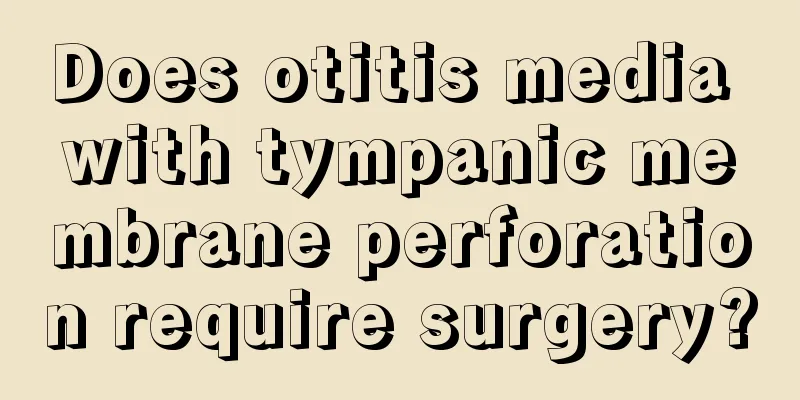Blood myeloma

|
If a person has a tumor, the most obvious change in the patient is weight loss and a much worse spirit than before. Myeloma is especially serious, and it is a death sentence. People with this disease will have multiple osteolytic lesions and severe anemia. The best time to treat hematological myeloma is in the early stages, which means that the earlier it is discovered, the more beneficial it is for treatment. Multiple myeloma (MM) is a malignant plasma cell disease in which the tumor cells originate from plasma cells in the bone marrow, which are the final functional stage of B lymphocyte development. Therefore, multiple myeloma can be classified as a B-lymphocytic lymphoma. Currently, the WHO classifies it as a type of B-cell lymphoma, called plasma cell myeloma/plasmacytoma. It is characterized by abnormal proliferation of bone marrow plasma cells accompanied by excessive production of monoclonal immunoglobulins or light chains (M proteins). A very small number of patients may have non-secretory MM that does not produce M protein. Multiple myeloma is often accompanied by multiple osteolytic lesions, hypercalcemia, anemia, and kidney damage. Since the production of normal immunoglobulins is suppressed, various bacterial infections are prone to occur. The incidence rate is estimated to be 2 to 3/100,000, with a male to female ratio of 1.6:1, and most patients are >40 years old. treat 1. Treatment principles (1) Generally speaking, asymptomatic MM patients do not require treatment; treatment is only started for symptomatic myeloma. (2) For high-risk asymptomatic MM patients, 80% can be transformed into MM within 2 years and early treatment intervention can be performed. High-risk asymptomatic MM is defined as: ① abnormal plasma cells in the bone marrow ≥ 60%; ② creatinine clearance < 40 ml/min; ③ serum free light chain ratio ≥ 100; ④ skeletal imaging examination shows the following evidence of active lesions: magnetic resonance imaging (MRI) ≥ 1 bone lesion; PET-CT positive; whole-body low-dose CT finds bone lesions > 5 m. 2. General treatment (1) If hemoglobin is lower than 60 g/L, red blood cell transfusion or subcutaneous injection of erythropoietin should be performed if necessary. (2) Hypercalcemia: hydration with isotonic saline, prednisone, calcitonin, bisphosphonates, and treatment of the underlying disease. (3) For hyperuricemia, hydration should be performed and allopurinol should be taken orally. (4) Treatment of the primary disease of hyperviscosity and temporary plasma exchange if necessary. (5) Treatment of the primary disease of renal failure and hemodialysis if necessary. (6) Infections are treated with antibiotics. Regular prophylactic immunoglobulin injections are effective for patients with recurrent infections. 3. Chemotherapy Commonly used drugs include: ① Targeted drugs currently mainly include proteasome inhibitors (bortezomib, carfilzomib) and immunomodulators (thalidomide, lenalidomide or pomalidomide); ② Traditional chemotherapy drugs include melphalan, doxorubicin and cyclophosphamide; ③ Glucocorticoids such as dexamethasone and prednisone. Commonly used chemotherapy combinations are: proteasome inhibitors/immunomodulators + glucocorticoids; or proteasome inhibitors/immunomodulators + traditional chemotherapy drugs + glucocorticoids; or traditional chemotherapy drugs + glucocorticoids (belonging to traditional chemotherapy regimens). It has been demonstrated that regimens containing novel proteasome inhibitor/immunomodulator drugs are significantly more effective than traditional chemotherapy regimens. Therefore, MM patients should try to use a treatment regimen that includes new proteasome inhibitors/immunomodulators. (1) Patients who are suitable for autologous transplantation should use a combination regimen that does not contain melphalan to avoid damage to hematopoietic stem cells; (2) For patients who are not suitable for autologous transplantation, such as those over 65 years old, a combination regimen containing melphalan can be used with traditional drugs. 4. Hematopoietic stem cell transplantation Autologous hematopoietic stem cell transplantation is recommended for all eligible patients, and allogeneic hematopoietic stem cell transplantation may be considered for some young high-risk patients as appropriate. 5. Radiotherapy Used for patients with localized myeloma, local bone pain and symptoms of spinal cord compression. |
>>: The efficacy and function of magnetic pillow
Recommend
How long can you live with vomiting blood from gallbladder cancer
How many years can a patient live after successfu...
People should know more about the specific symptoms of bladder cancer
Bladder cancer is a type of tumor with a relative...
Which variety of osmanthus is the most fragrant?
Everyone likes osmanthus. Osmanthus has a wide ra...
What are the indications for laparoscopic gastric cancer surgery? Find out
When gastric cancer occurs, laparoscopic surgery ...
Normal inner diameter of spermatic vein
I believe many male friends are not clear about t...
Can I go to the oncology department for gallbladder cancer?
Patients with gallbladder cancer should be treate...
How to fall asleep the fastest
As people's pace of life becomes faster and f...
Should I squeeze the abscess in my ear hole?
Girls love beauty and prettiness. Although earrin...
How to treat prostate cancer bone metastasis
For men, the prostate is a very important organ t...
Can saliva be disinfected
Saliva is the saliva secreted by the salivary gla...
How to quickly wash off ink from clothes
Clothes look good, but they become ugly when stai...
Why does my hair become oily after a good night's sleep
Many people find that their hair is very greasy a...
Can I still have surgery if a pituitary tumor recurs?
Everyone must pay attention to the disease of pit...
The world's 9 major self-harming health-preserving methods, the more "harmful" you are, the more beautiful you are!
In life, we are constrained by too many rules and...
Analysis of dietary principles after colon tumor surgery
Colon cancer is a common malignant tumor of the d...









